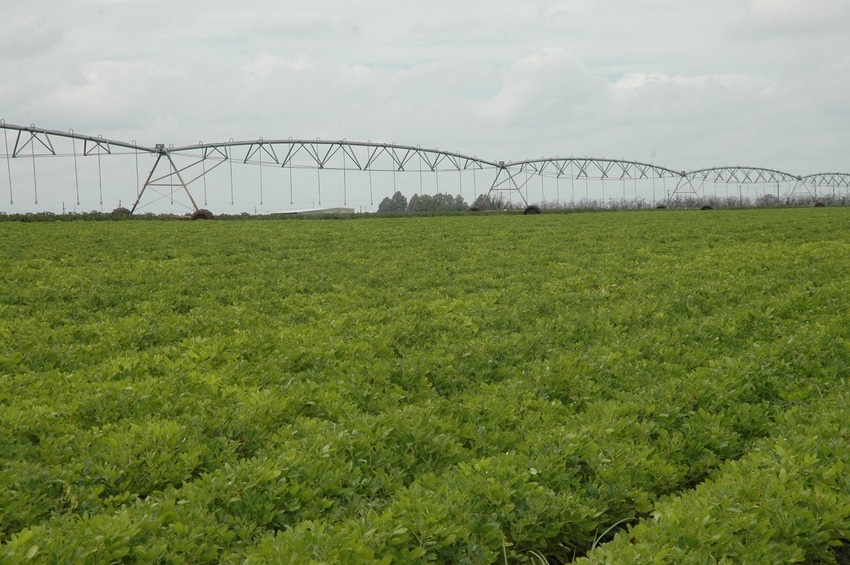
U.S. peanut farmers produced 20 percent more peanuts last year than in 2014 from 20 percent more planted acres.
The latest USDA peanut crop estimate shows a 6.21 billion-pound crop. Planted acreage at 1.63 million reflects a 20 percent increase, and harvested acreage at 1.57 million is 19 percent higher than 2014 harvest. Average yield is estimated at 3,963 pounds per acre, a 40 percent increase over 2014.
Georgia, by far the leading peanut-producing state, produced 1,736,595 tons of peanuts on 777,000 acres with 4,470 pounds per acre average yield, up from 4,135 pounds from the 2014 crop. Alabama’s 329,975 tons was second, up from 272,475 in 2014; that’s followed by Florida at 328,000 tons, down from 334,000 in 2014; Texas at 294,000 tons, compared to 229,870 last year; and Mississippi at 75,600 tons, up from 62,000.
For the latest on southwest agriculture, please check out Southwest Farm Press Daily and receive the latest news right to your inbox.
Several states lost ground. New Mexico, at 7,500 tons is off from 7,875; North Carolina’s 149,600 ton production is off from 200,880 in 2014; Virginia, at 36,575 tons, is off from 42,275; Oklahoma’s 2015 production of 15,750 tons is down from 22,000; and South Carolina peanut farmers made 132,800 tons, off from 205,200.
Most states increased acreage in 2015, reflecting favorable farm bill provisions and low prices for other commodities, according to industry sources. Harvested acres in several states were lower as a result of late-season rain and flooding. Alabama, Florida, Georgia, and Texas all show significant increases in harvested acreage. Georgia added nearly 200,000 acres, up from 589,000 in 2014 to 777,000 for 2015. Alabama, at 197,000 is up from 173,000; Florida, at 180,000 is up from 167,000; Mississippi harvested acreage for 2015 is 42,000, up from 31,000; and Texas, at 168,000 harvested acres is up from 127,000 in 2014. New Mexico increased from 4,500 to 5,000 acres in 2015.
North Carolina harvested 88,000 acres, compared to 93,000 in 2014. South Carolina harvested acreage of 83,000 is down from 108,000. Oklahoma drops to 9,000 harvested acres from 11,000.
Total U.S. harvested acreage at nearly 1.57 million is up from just over 1.3 million in 2014.
About the Author(s)
You May Also Like






